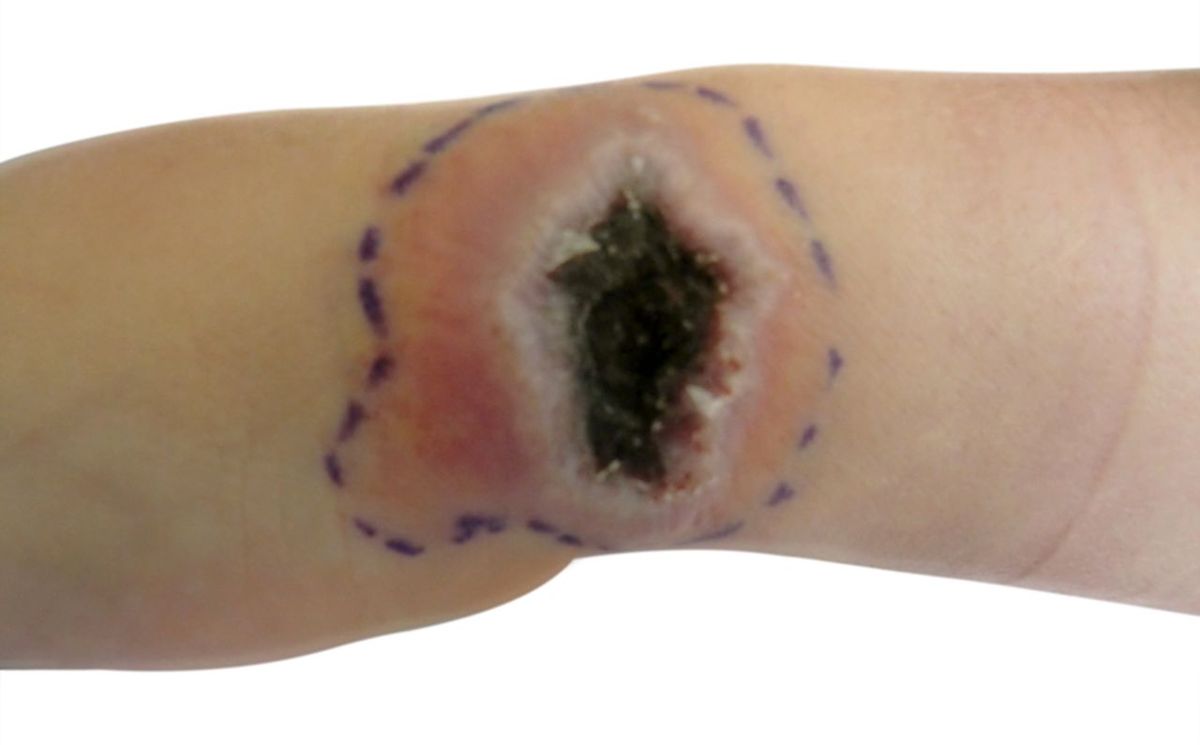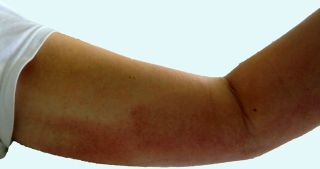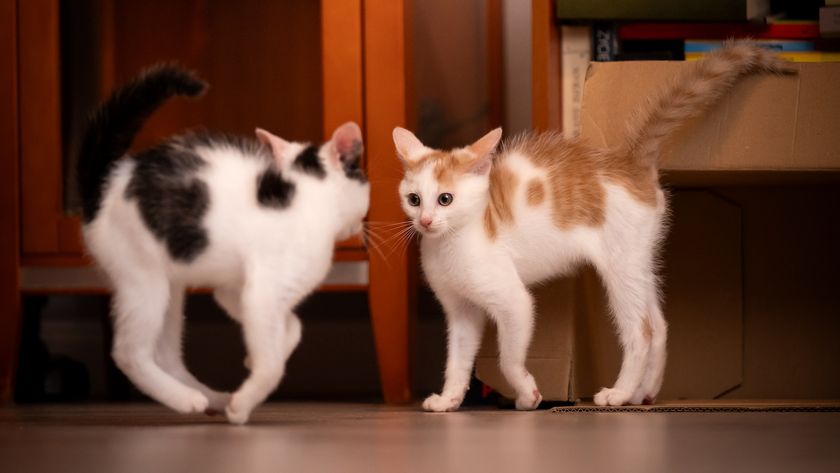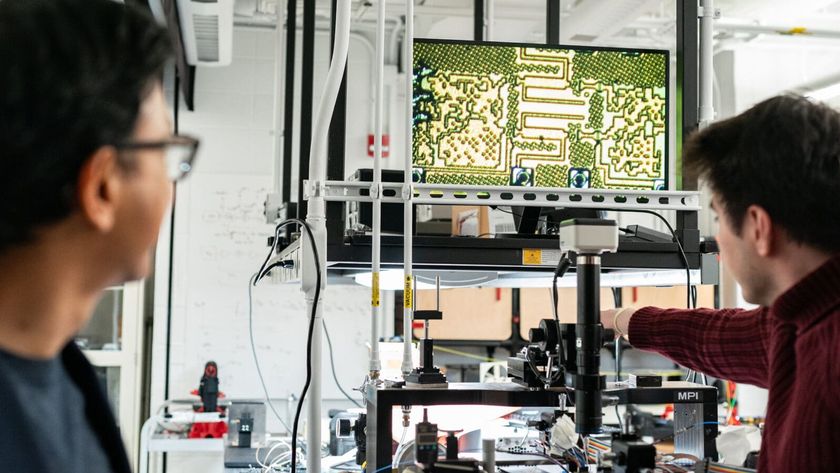Rescued Kitten Infected Girl with Rare Virus

A teenager in the Netherlands who rescued a drowning kitten from a ditch developed a large, blackened open wound on her wrist, which took multiple doctors several weeks to find its rare cause, researchers say.
The kitten that the girl rescued was sick and died the following day, and the 17-year-old went on a trip to Italy and Switzerland, during which time she developed a red wound on her wrist that blistered before turning black. She also developed painful red bumps on her arm, spanning from the wound on her wrist up to her armpit.
Suspecting the wound was a bacterial infection, doctors prescribed antibiotics, but the medicine didn't work. Once back in her home country, the feverish girl went to the hospital again.
"When I saw the wound, I expected it to be a normal wound, so I was quite surprised when I saw the big ulcer," said Dr. Jojanneke Heidema, a specialist in pediatric infectious disease at St. Antonius Ziekenhuis Hospital in Nieuwegein, Netherlands, who reported the case.
"It did not look like a normal bacterial infection, so I went looking for other causes of a necrotic ulcer," Heidema told LiveScience. Necrotic ulcers are wounds with dead tissue. [Image: the blackened, open wound]
The doctors began to suspect that the wound was caused by the cowpox virus. The cowpox infection is so rare that physicians sometimes have never even seen one, or simply don't think of it.
The doctors got in touch with a virologist whose lab was equipped to run tests for cowpox. A few days later, lab results proved the cowpox virus was, indeed, the culprit. "The girl had been treated by different doctors for about 13 days by then," Heidema said. [Image: red bumps covering the arm]
Sign up for the Live Science daily newsletter now
Get the world’s most fascinating discoveries delivered straight to your inbox.

After another week, the girl got better on her own, and the wound healed within two months, leaving a scar. Cowpox is a self-limiting disease, meaning it usually doesn't need medical treatment.
"In cowpox disease, your own immune system will deal with the infection," Heidema said.
The cowpox virus was involved in the invention of the first vaccine, against the related virus that causes smallpox, the deadly but now eradicated disease. At the end of the 18th century, Edward Jenner, an English physician, observed that milkmaids who had contact with the cattle-carrying cowpox virus rarely contracted smallpox — they seemed protected. Based on this observation, Jenner used the cowpox virus to produce the first smallpox vaccine, in 1796.
Other than cowpox, some possible causes of a necrotic wound like the one the girl had were drug-resistant bacteria, abscess and anthrax, the researchers said.
The doctors learned that the girl had cut herself in her wrist before rescuing the kitten. But it is possible to become sick from an infected cat, cow or small rodent even when the skin is intact, they said.
"Most patients with cowpox infections have had scratches from the infected animal, but there are also cases where no scratches were reported," Heidema said.
It's hard to determine how sick the kitten was because it also drowned, the researchers said, but the kitten's mother and siblings were all ill, and taken to the vet to be put down.
The case report was published Sept. 2 in the journal BMJ Case Reports.
Email Bahar Gholipour. Follow LiveScience @livescience, Facebook & Google+. Original article on Live Science.



